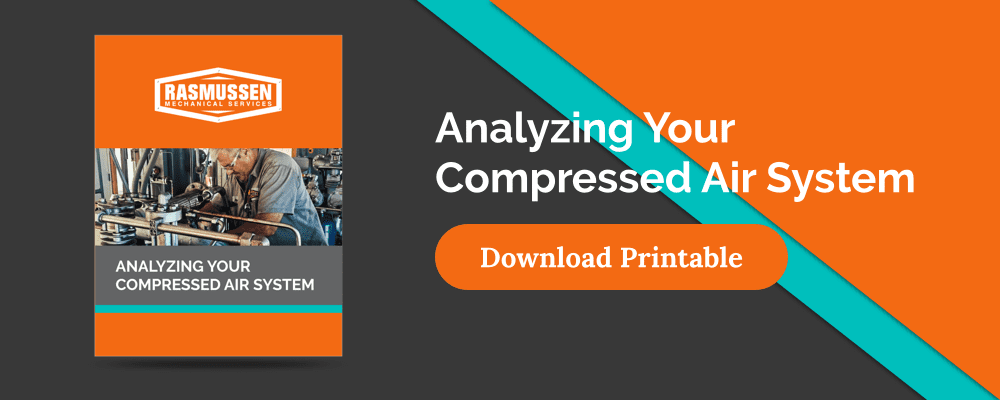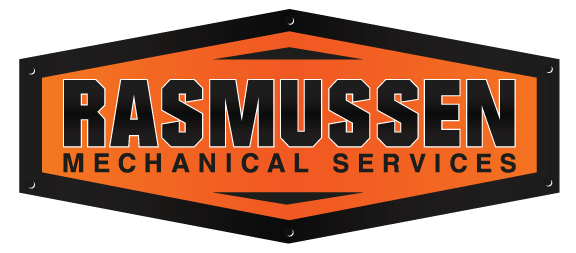All good things must come to an end. As students go back to school, and leaves fall off the trees, your industrial air compressors need a little love. Improving the efficiency of your air compressor is more than just a bandwagon topic. This is something you need to do to keep up with growing energy costs.
You can increase your energy efficiency by more than 20% by just switching a couple of easy things. Check out this list to see what you can do for your building.
Looking for the quick and dirty? Skip to the bottom for some energy tips to improve your industrial air compressor.
How are you cutting down on energy costs? Check out this article from @RasMech on improving your #IndustrialAirCompressors. Click To TweetLeaks = Wasted Money
Energy costs are on the rise in the U.S. You can’t afford to have your industrial air compressors taking up 30% of all energy in your facility. Going through annual checks to ensure nothing is slipping through the cracks, ensuring your air compressors are up to code, and able to run efficiently is key to saving your building and organization money.
Leaks in your air compressors can waste anywhere from 20-30% of the energy your air compressor is generating and can hurt the way your equipment is operating altogether. Letting leaks happen or not inspecting your compressor to ensure there aren’t any leaks can impact the overall lifespan of your compressor.
Make sure you’re checking couplings, hoses, tubes, fitting, pipe joints, quick disconnects, FRLs, valves, flangers, and so on regularly to keep leaks at bay. Fully turning off your compressor can help ensure you’re not wasting energy as well. Check with your crew to see when they need the compressor running and how long they need it running for so you can help them make the most out of that time, and save money when needed.
[Don’t let unnecessary leaks ruin your industrial air compressor. Contact the experts at RasMech to schedule a leak survey today!]
Pressure is Key
Every time your lower psi by two, you’re cutting energy costs by 1%. If the compressor isn’t keeping up like it used to, it probably isn’t because the pressure is too low. New leak sources or air users have likely increased consumption. Increasing system pressure will make it worse! Higher system pressure pushes more SCFM out of every leak. In fact, you might be able to operate at a lower overall pressure.
If you’re concerned about finding the right pressure and operating on it, there are efficient solutions that can help. Try installing a central supply-side controller to help regulate and reduce how much pressure is present at the compressor. This can help control and cut the operational pressure band. Ensuring you’re operating at the lowest pressure your team and system can handle is important because it can save you about 15% energy overall. There aren’t many industries that require header pressure over 100 psig. If you’re not one of those industries, lower the header pressure, and start saving energy. If the compressor isn’t keeping up, get a leak survey!
[Read: Cost-Effective Tips for Preventative Maintenance of Compressed Air Systems]
Even though you’re following industry standards, you still need to ensure your compressor is operating to standard. Continuously monitor your compressor checking that everything is working correctly on the lowered psi. Install pressure regulators continuously and monitor wear and tear on the compressor. To test the regulator, measure the outlet pressure and inlet pressure. If they are the same, the regulator isn’t working correctly, and you need to adjust.
Account for Pressure Loss
Pressure drops happen when air flows from the compressor room to the point of use. Your team needs to account for these pressure drops and set compressor discharge or regulated pressure based on the location of the use requirements and flowing pressure drop. If the point of use is not getting enough pressure, this could be a sign of a split system or some other parasitic purposes. Some pressure drop is considered normal, even in well-designed systems.
Multiple root causes cause pressure drops, but there are only a couple that are common in well-designed systems. Complicated compressed air piping routing is a big reason for pressure drops. Not all contractors will size compressed air piping with long radius fittings or larger sizes to reduce flow losses. If your air has to run through a zig-zagging pipe, you’re bound to lose pressure. Similarly, if the pipe is too small, there’s going to be more friction between the air and the pipe, causing pressure loss. To fix this, you should be using a system that has a simplified pipe route. Appropriately sized pipe or tubing will ensure air can get from point A to point B efficiently, and with less pressure loss. Furthermore, looping your header will give compressed air multiple paths to the point of use, so that as plant loads shift, header pressure is maintained.
Summer is coming to an end. Discover how @RasMech is cutting down energy costs by improving #IndustrialAirCompressors. Click To TweetSize Auxiliary Equipment Right
Having a filtration system that’s the wrong size or dirty can hurt the efficiency of your air compressor as well. Automating the filter system can help keep energy usage down and operation up! Smart sensors monitor pressure drops and send alarms when something needs to be changed. Be sure to check for blockages regularly as this can reduce pressure and increase energy consumption.
Undersized, dirty, or worn-out compressed air dryers will cause your compressed air to carry moisture. This moisture will cause corrosion in your:
- Distribution system
- Increased pressure loss in the piping, plugging filters and regulators
- Create new leaks
- Damage end-use equipment, and
- Potentially freeze outdoor piping in the winter
Get moisture under control to keep your equipment in shape.
Here are eight ways to increase air compressor efficiency:
- Check for Leaks. Do regular checks to ensure there aren’t any leaks coming from the couplings, hoses, tubes, fitting, pipe joints, quick disconnects, FRLs, valves, or flangers. Walk the facility for leaks and inappropriate compressed air use.
- Turn the Compressor Off. Check with your team to see how often they need the compressor on and capitalize on those times to get most of the work done. Turn off the compressor when it is not in use.
- Keep the pressure down. Know how low you can operate and resist the urge to turn the pressure up. Reducing compressor output pressure by two psi can cut energy usage by 1%. Instead, find and repair the leaks.
- Install a Supply-Side Controller. Cascade controls are ancient history. A supply-side controller can significantly reduce running costs by optimizing compressor sequencing.
- Revamp Your Compressed Air Piping. If your piping is too complicated or small, air will have traveling from point A to point B. See what you can do to uncomplicate and upsize your piping to help reduce artificial demand.
- Check Your Filtration. If your filter is the wrong size or dirty, you’ll see pressure drops increase your energy usage.
- Increase Compressed Air Storage. Increasing wet storage allows your dryer to run at its designated flow rates. Dry storage and a demand controller enable the system to absorb peak events, and point of use storage allows lower header pressures while supporting intermittent loads.
- Maintain Your Aftercooler and Dryer. These often neglected pieces of equipment are crucial to controlling dew point and preventing corrosion and contamination in the system.
Schedule an appointment to schedule a leak survey with one of our experts to save money. Often multiple inexpensive changes that can significantly reduce operating costs of compressed air systems. Looping your air header, upsizing the header, adding wet storage, dry storage, or point of use storage can all have a significant impact. All of these could allow the header pressure to be safely lowered to save substantial operational expenses. Many customers find that they have the wrong dryer for their needs. A leading cause could be that the outlet dew point is lower than what your plant needs. Another reason could be that your dryer’s model is inefficient or isn’t working correctly.
Energy consumption in your industrial air compressor is much easier to manage than you think. Monitoring leaks, pressure, piping, and dryers can all reduce the amount of energy your facility is using.
Are you ready to take the next steps in air compressor efficiency? Reach out to the folks at Rasmussen Mechanical Services to get your system inspected and up to speed on all things energy efficiency.




